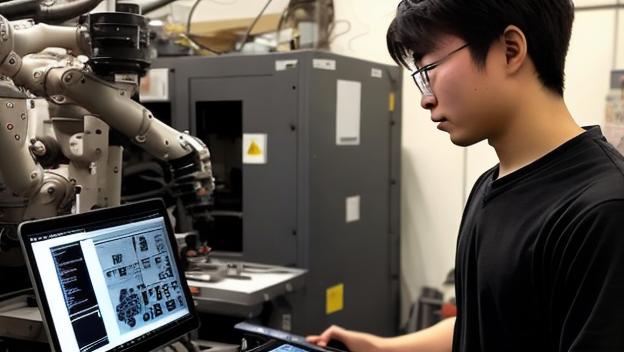Revolutionizing the Metal Fabrication and CNC Industry: A Step Towards the Future+ View more
Customer Requirements: The Bedrock of Innovation
The journey of transformation begins with a deep dive into customer requirements. Industry professionals engage in extensive dialogues to ensure a precise grasp of project specifications, goals, and unique design considerations. This initial analysis is crucial, as it dictates the trajectory of product development. Technical evaluations of functionality, durability, production costs, and market competitiveness furnish the foundation for informed design decisions, ultimately resulting in a product that resonates with both the client's vision and market needs.
Fostering Design Excellence through 3D Modeling and Material Selection
The design phase has evolved with the introduction of advanced 3D modeling, allowing for meticulous construction of three-dimensional representations using CAD software. This leap in technology enables clients to visualize their product designs more vividly and allows engineers to identify and rectify potential structural issues early in the development process. Material selection has also seen a shift towards balancing performance with cost-effectiveness, sustainability, and environmental impact, prompting the use of recyclable or eco-friendly materials whenever possible.
Surface Treatments: Marrying Aesthetics with Functionality
Surface treatment options have become a focal point in product design, enhancing both aesthetic appeal and functionality. Techniques such as anodizing, spraying, and plating not only improve product appearance but also augment corrosion resistance and wear durability. Ensuring that these treatments adhere to industry standards and environmental regulations has become a hallmark of quality in the metal fabrication and CNC industry.
Prototyping and Production: The Path to Perfection
Prototyping stages have benefitted immensely from rapid manufacturing technologies like 3D printing and CNC machining. These methods enable swift creation and adjustment of prototypes, facilitating iterative optimization based on client feedback until all requirements are met. Production preparation, involving detailed process planning and cost evaluations, further streamlines the journey from concept to market-ready products while maintaining uncompromised quality.
Quality Control and User Experience: Ensuring Customer Satisfaction
Rigorous quality control measures and user experience tests form the final stages before a product enters the market. Establishing strict inspection and testing protocols ensures prototypes meet all performance indicators and quality standards. Encouraging clients to conduct real-world application tests guarantees that the product's performance aligns with expectations, thus cementing customer satisfaction and trust in the industry's commitment to excellence.
These transformative steps in metal fabrication and CNC not only reflect the industry's dedication to innovation but also its adaptability to the dynamic demands of modern-day manufacturing. As the industry moves forward, the continuous refinement of these processes will undoubtedly lead to even more groundbreaking developments in the future.

